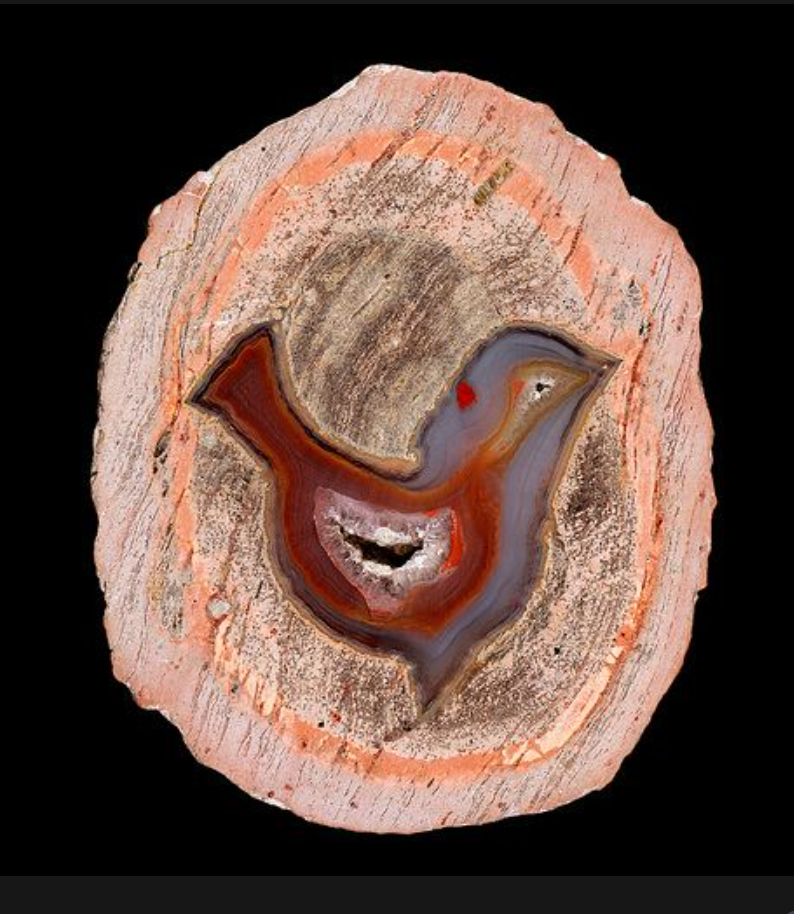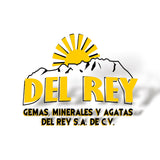
HOW WE POLISH
When it comes to agate polishing, the team at Our Polish takes a unique approach that sets us apart from others in the industry. Similar to gem cutting, we prioritize minimizing damage and deep scratches on the polished face of the stone.
How do we start the process?
It all begins with the rough selection. Agate polishing is a meticulous and time-consuming process that requires careful attention to detail. Time management is crucial to ensure each stone receives the proper treatment.
What tools do we use?
Once the rough selection is complete, we utilize a tile saw equipped with a high-quality diamond blade. Occasionally, we use a mixture of diesel and mineral oil as a lubricant to individually cut each stone by hand. This process is extremely wet, and proper safety precautions, such as wearing the right masks, are essential to prevent any potential hazards.
What happens after cutting?
After the stones are cut, they undergo flat lapping using 220 grit powdered silicon carbide. This step helps smooth out the rugged edges and achieve a nearly perfect flat face on the agate. The precision and care taken during this process are crucial to the final polished result.
After flat lapping, it is critically important to make sure that the stone is perfectly clean. If not, there is a high risk for the stone to be scratched in the later process.
Why is Stone Cleaning Crucial?
Cleaning the stone ensures that no debris or particles are left on the surface that could cause scratches or imperfections during the next steps of the process.
What is the Polishing Process?
Once the stone is cleaned, silicon carbide wet sanding disks of varying grits (120, 240, 400) are used to remove any deep scratches. After this step, a bull-wheel covered with canvas is employed for polishing. The wheel is dressed with optical grade super cerium oxide, and the polishing process is the longest part of all processes.
Why is Natural Light Important for Polishing?
During the polishing process, it is crucial to rely on the sun's direct light to inspect the stone for any imperfections. Natural light is essential as artificial lighting in buildings can sometimes mask imperfections, leading to a subpar final result.


Leave a comment